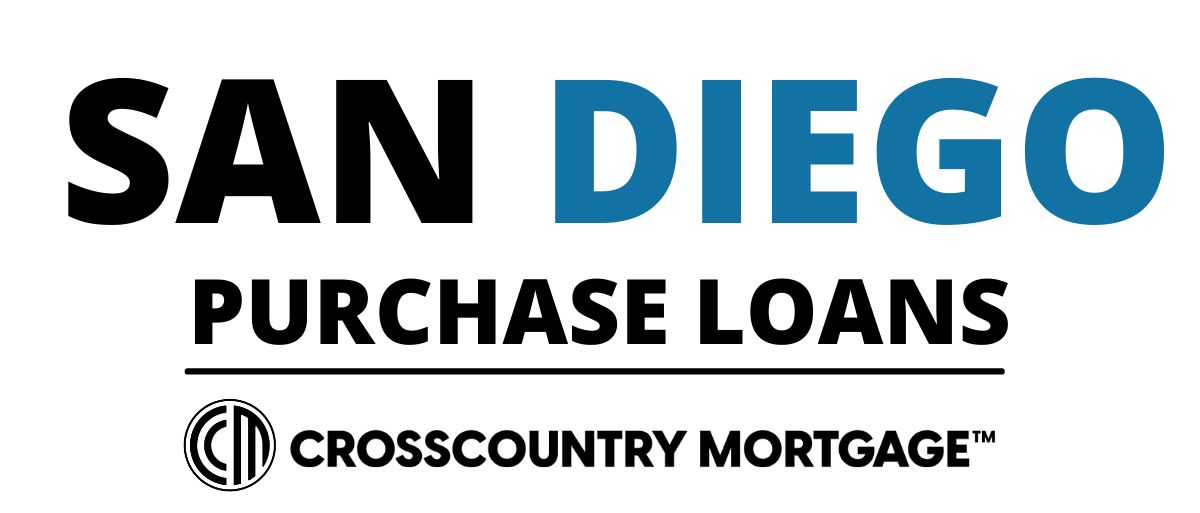The most popular way to use a Bridge Loan or a Listing Loan is in a purchase transaction when a buyer would otherwise be forced to make a contingent offer. Some reasons for a contingent offer may include, but are not limited to; the sale of your current home, vacation home, the cashing out of a 401k, or any other situation that would require a buyer to include additional financing terms and contingencies in their offer because they do not currently have available cash to close the deal.
Regardless of the reason why a buyer would consider writing a contingent offer, there are several reasons why it is preferable to consider a Bridge Loan.

Why Should I use a Bridge Loan?
First and foremost, the housing market is very competitive. It is not uncommon to see multiple offers on a single listing, and for this reason alone, it is imperative that your offer is as attractive to the seller as possible. By the time you are ready to make an offer, you have already dedicated much of your time and resources to finding the perfect home for you and your family, so when you have finally found a home perfect enough to make an offer on, you want the seller to pick your offer!
Let’s look at this from the sellers’ perspective:
Offer A: Full asking with a traditional type loan, only standard contingencies, and a 30 day close
Offer A Risks to Seller: Standard risks with selling a home; the inspection may create some extra home repairs, or give the buyer a reason to request a credit for repairs, the appraisal may come in low, etc.
Offer A Risks to Buyer: No risk to buyer. Buyer is protected under standard contingency period. If buyer does not like something, they can rescind their offer.
Offer A Conclusion: This is a solid offer. The seller gets to walk away happy because they are getting what they felt their house was worth. The standard risks will be a factor in nearly all other offers they would receive. This is an offer that the seller would most likely accept, unless of course they had another offer with all the same terms, but over asking and/or an all cash offer.
Offer B: Full asking, also with a traditional type loan, but contingent on the sale of the buyers not yet listed home, and a 45-day close to try and compensate for the fact that the house may not sell in time.
Offer B Risks to Seller: Same risks as offer A. The possibility that the sale of your house falls through or takes an extremely long time, and leaves the seller back at square one. To alleviate this risk, the seller will most likely add a stipulation in their counter offer that they may retain the right to actively sell the property until the home sale contingency is removed.
Offer B Risks to Buyer: The seller may receive and accept a better offer sending you back to the playing field to begin your search once more.
Offer B Conclusion: This is actually more risky to the buyer than the seller. If the seller even considers your contingent offer, it could be kicked out at any time during the contingency period if a better one comes in. You will already have put your current house on the market thinking you found your next home and will be faced with a whole new set of logistical issues. This is not a clean and easy deal for the buyer or the seller.
If you are the seller, which would you choose? It is likely that most people would choose offer A because it is clean and less risky. As a seller; most people want a fast close and do not want to waste their time on a transaction that may not close. The option to use a Bridge Loan in place of a contingent offer is a fantastic solution to the common logistical issue of not wanting to list your current home until you have found your next home.
The Details of a Bridge Loan
The Bridge Loan allows you to borrow up to 70% loan to value (LTV) against your current home until the sale of your current home is complete for a maximum of 120 days. If your home is already listed at the time you apply for the Bridge Loan you will not even need an appraisal done! In this case, the asking price would take the place of the appraised value and would also save you money in appraisal fees.

What is my Loan to Value Ratio (LTV)?
To find what 70% of your loan to value ratio would be, you just need to divide the proposed loan amount by the appraised value of your property. For example, let’s say you are currently living in your first home which has an appraised value of $300,000, but are looking to purchase something slightly larger with a list price of $400,000. You have saved a good chunk of money, but not quite enough to be able to close on your next house without selling your first house. If the new house you are looking to purchase requires $100,000 more than what you have in hand to close, then your current house would only need to either be listed at, or have an appraised value of at least $142,859 (100,000/142,859) to meet the 70% LTV threshold. In this specific case, your LTV would be 33% (100,000/300,000) which would definitely make you eligible for a Bridge Loan!
Now that you have gained an understanding of the Bridge Loan or Listing Loan you can fearlessly shop around for your next home without having to worry about submitting a weak and risky contingent offer on the perfect home. If you are still unsure of where to start, please do not hesitate to contact us to discuss a game plan for your specific scenario.


